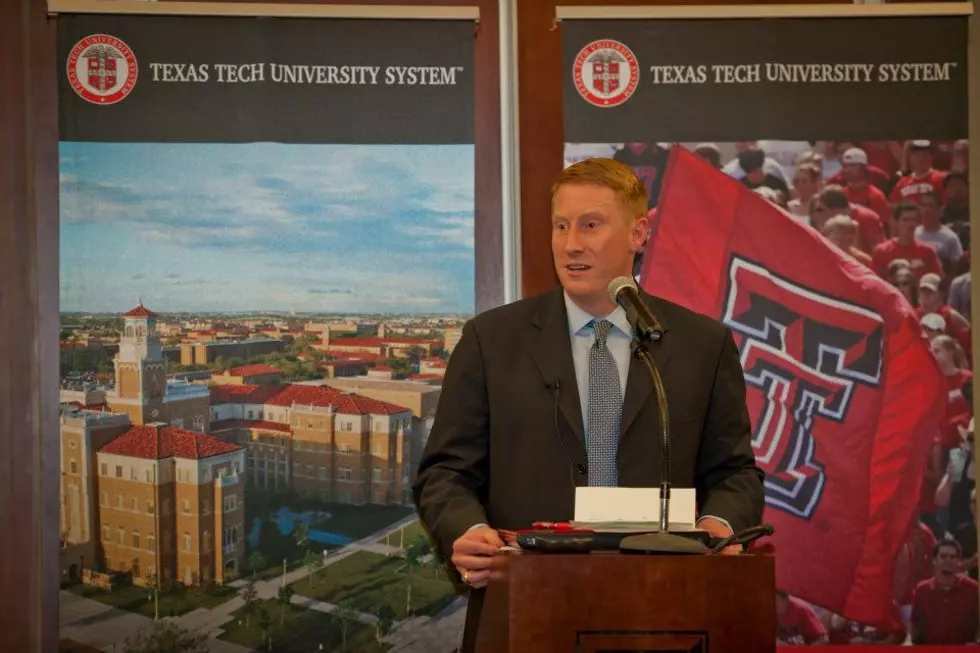
Bad Economic Times Make You Live Longer
Researchers have discovered a tie between life expectancy and the state of the economy — and their findings may surprise you.
Peter Orszag, vice chairman of global banking at Citigroup and an adjunct senior fellow at the Council on Foreign Relations, wrote in Bloomberg that between 2007 and 2010 — a time of high unemployment, plummeting stock values and a depressed housing market — the age-adjusted death rate in the U.S. actually decreased by 2 percent, and life expectancy at birth increased 0.8 years. But between 2004 and 2007, when the economy was stronger, it increased by only 0.4 years nationwide.
What’s more, life expectancy has actually increased more in states with higher rates of unemployment, whereas states with the smallest increase in unemployment have seen their death rates rise.
According to University of Michigan research, this isn’t a fluke — life expectancy also rose during the Great Depression.
“The evolution of population health during the years 1920-1940 confirms the counter-intuitive hypothesis that, as in other historical periods and market economies, population health tends to evolve better during recessions than in expansions,” researchers concluded.
So why does it happen?
Economist Christopher Ruhm of the University of Virginia says that while suicide rates increase during economic downturns, other deaths — such as those resulting from traffic fatalities and heart attacks — actually decreases. His research points to one possible cause: fewer people driving to work means less air pollution and traffic.
More From NewsTalk 940 AM










